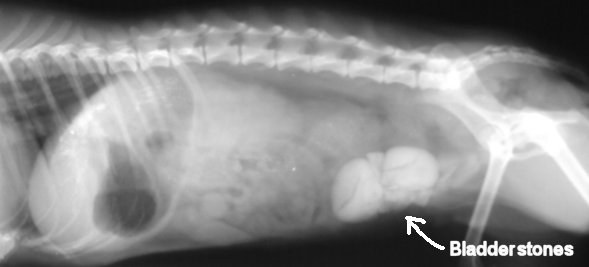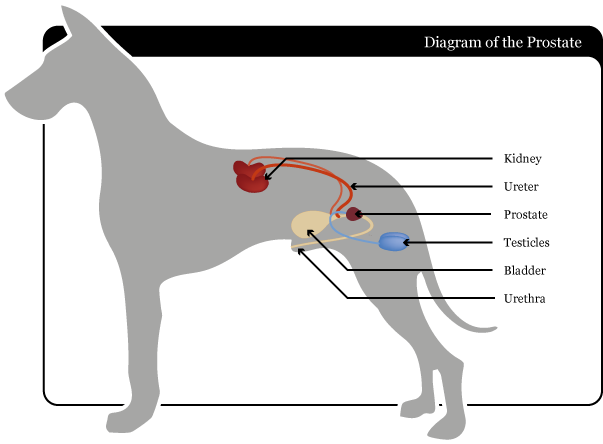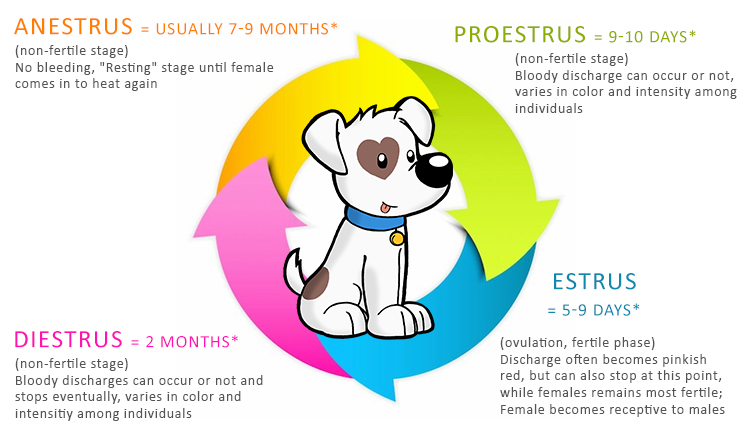It is always a difficult preposition when you see blood in the urine of your dog. The very first thing that comes in your mind is why is there blood in my dog’s urine? You are shocked. Here the best thing to do is to take your furry pal to your veterinarian immediately. Generally it has been observed that blood in your pet’s urine is not something to be afraid of as most of the blood that you see in their urine causes mild reaction. But the general tendency as a dog owner is to take preventive actions rather than sitting and waiting. You would like to know the real cause of this abnormal activity and get swifter treatment to your doggy so that he recovers quickly.
The blood that you see in your dog’s pee can look pinkish in color due to the fact the color of blood gets mixed with the urine. If you see the reddish color of fresh blood, then there is a possibility that it did not mix with the urine, but is approaching from the vagina or anal area of the doggy. As a dog owner, you need to detect whether the blood is coming from the urine or other body parts of the pooch. For your reference, we have enumerated some serious reasons for finding blood in your dog’s urine:
Urinary Tract Infection

Dogs that are undergoing urinary tract infection urinate blood in the urine coupled with other symptoms like frequent urination, straining when defecating, fever, pain when defecating, and licking the genitals. It is easy to treat this disease through regular intake of antibiotics.
Bladder Stones

Stones in the bladder also known as uroliths are very common in canines. These bladder stones can be divided into two parts:
- Struvite stones
- Calcium oxalate stones
Some of the symptoms of bladder stones in dogs include: pain and strain while defecating coupled with bloody urine. If you find that your doggy has small bladder stones it is important to make dietary changes. But if they are bigger then they need to be removed with the help of a surgery.
Prostate Infection

This infection is only prevalent in intact male dogs. Some of the symptoms of prostate infection in dogs include prostate gain in size, difficulty, and painfulness while urinating, bloody urine, fever and lack of appetite.
Estrus Cycle

Intact female dogs commence their cycle of lecherousness at the age of six months and undergo vaginal bleeding and lump for a week’s time. But this bleeding stops after 7-10 days and is replaced with a yellowish-colored liquid indicating that the female is ready to mate.
Uterine Infection (Pyometra)
 This infection is only prevalent in intact female dogs. Most dog owners confuse the uterine infection with female dog’s estrus cycle. But to their surprise, the second estrus cycle reappears at a time interval of just a few weeks after the introductory heat cycle. This is due to pyometra, which appears in the succeeding 4 to 8 weeks time after the last estrus cycle. When the intact female is suffering from open pyometra she emits a foul odor coupled with vaginal mucus and blood that looks like tomato soup. To treat this condition, your veterinarian will give some antibiotics along with fluid to keep the female dog hydrated.
This infection is only prevalent in intact female dogs. Most dog owners confuse the uterine infection with female dog’s estrus cycle. But to their surprise, the second estrus cycle reappears at a time interval of just a few weeks after the introductory heat cycle. This is due to pyometra, which appears in the succeeding 4 to 8 weeks time after the last estrus cycle. When the intact female is suffering from open pyometra she emits a foul odor coupled with vaginal mucus and blood that looks like tomato soup. To treat this condition, your veterinarian will give some antibiotics along with fluid to keep the female dog hydrated.
Tick-Borne Diseases

Ticks are the worst enemies of your furry pal and there are various tick-borne diseases that can affect your tyke, which can even cause bloody urine coupled with other symptoms. Hence, it is important to get tick preventive treatments for your doggy.
Rat Poison

Ingesting rat poison by canines can also result in bloody urine coupled with blood clotting disorders. This is due to the fact that rat poison contains Warfarin that can be harmful for dogs.
These are some of the causes of blood in your dog’s urine. If you see this condition in your furry pal do not waste any time and rush to your veterinarian immediately. Your veterinarian will first of all conduct urine tests and then determine the real cause of this abnormal activity. But the good news is with a systematic approach, it is possible to diagnose your furry pal and treat him completely.





